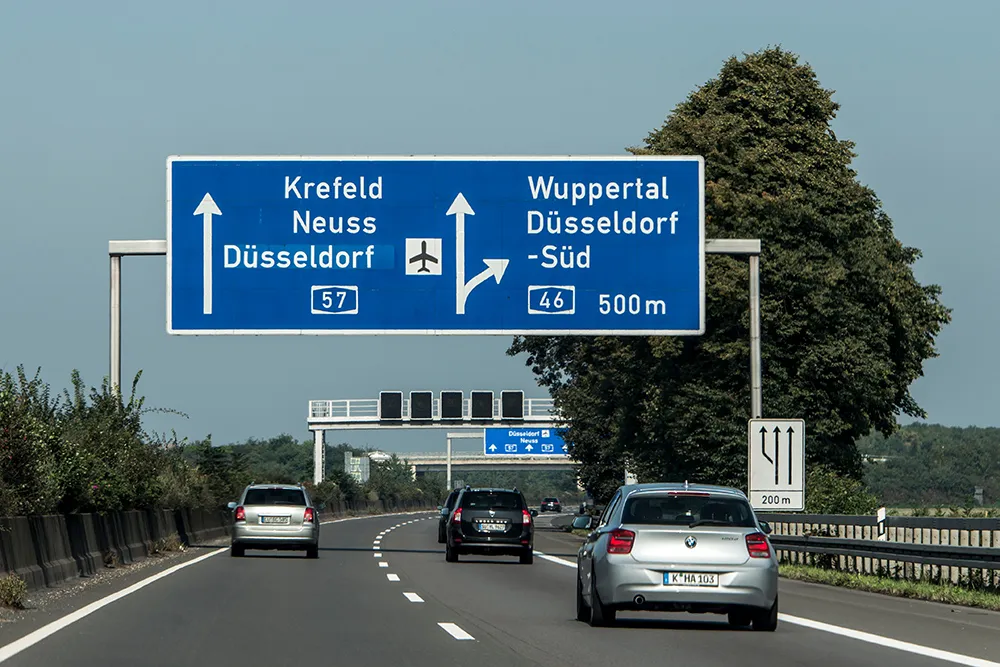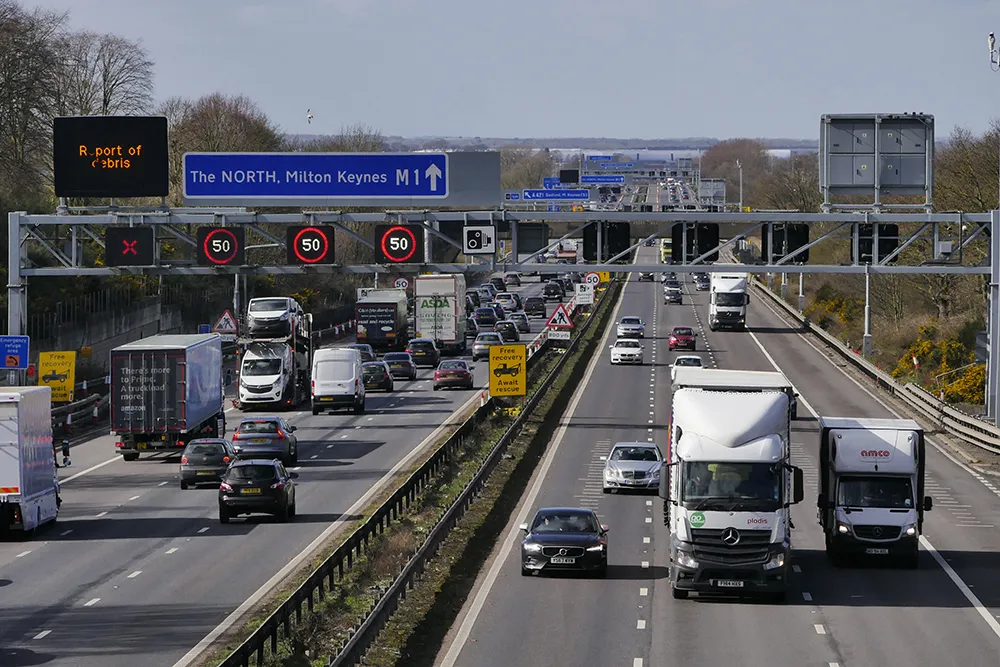Jaguar Land Rover plans to create a fleet of more than 100 research vehicles over the next four years, to develop and test a wide range of connected and autonomous vehicle (CAV) technologies. The first of these research cars will be driven on a new 41 mile test route on UK motorways and urban roads around Coventry and Solihull later this year.
The initial tests will involve vehicle-to-vehicle and vehicle-to-infrastructure communications technologies that will allow cars to talk to each other and roadsid
July 18, 2016
Read time: 2 mins
The initial tests will involve vehicle-to-vehicle and vehicle-to-infrastructure communications technologies that will allow cars to talk to each other and roadside signs, overhead gantries and traffic lights. Ultimately, data sharing between vehicles would allow future connected cars to co-operate and work together to assist the driver and make lane changing and crossing junctions easier and safer.
Technologies being used include Roadwork Assist, which uses a forward-facing stereo camera to generate a 3D view of the road ahead and together with advanced image processing software, it can recognise cones and barriers. The system will sense when the vehicle is approaching the start of the roadworks, identify an ideal path through complicated construction sites and contraflows and inform the driver that the road is narrowing ahead. The system will then apply a small amount of steering assistance to the wheel to help the driver remain centred in lane.
Safe Pullaway identifies when the vehicle is getting too close to the vehicle in front in traffic jams or when entering junctions. It uses the stereo camera to monitor the area immediately in front of the vehicle and automatically applies the brakes if objects such as vehicles or walls are detected.
Over the Horizon Warning is part of a research project testing devices that use radio signals to transmit relevant data from vehicle to vehicle to warn drivers and autonomous cars of hazards and obstacles over the horizon or around blind bends.
Emergency Vehicle Warning allows connected emergency vehicles to communicate with other vehicles on the road: a device in the emergency vehicle would broadcast that it is approaching. Drivers would receive an audible warning along with a visual alert telling them the direction the emergency vehicle is coming from and how far away it is.









